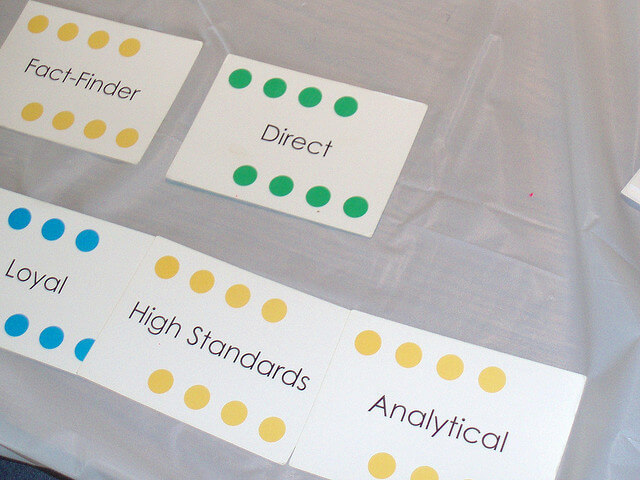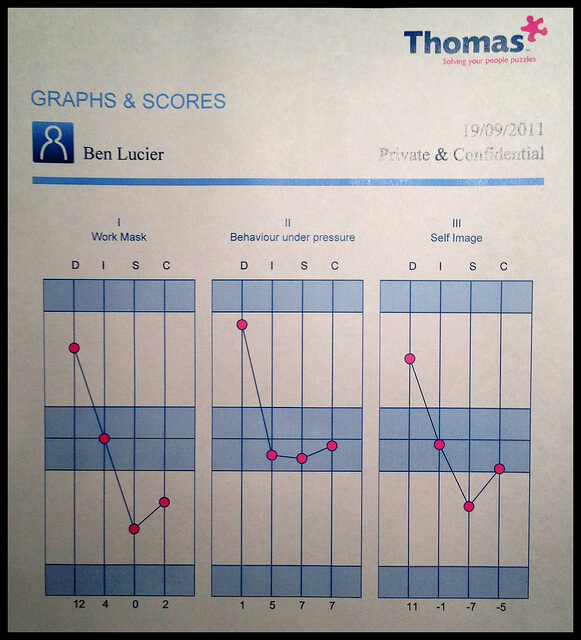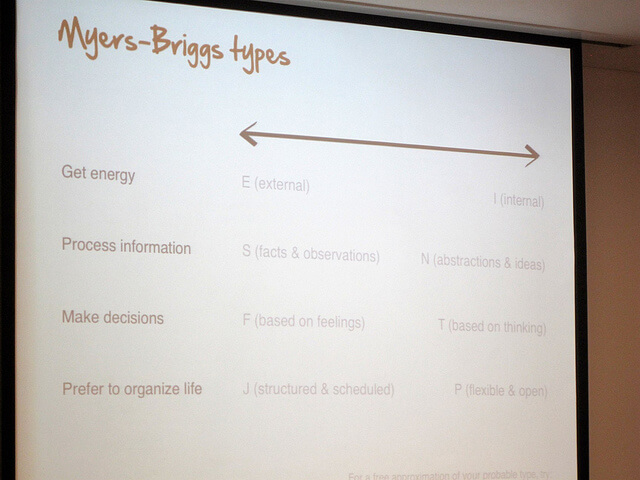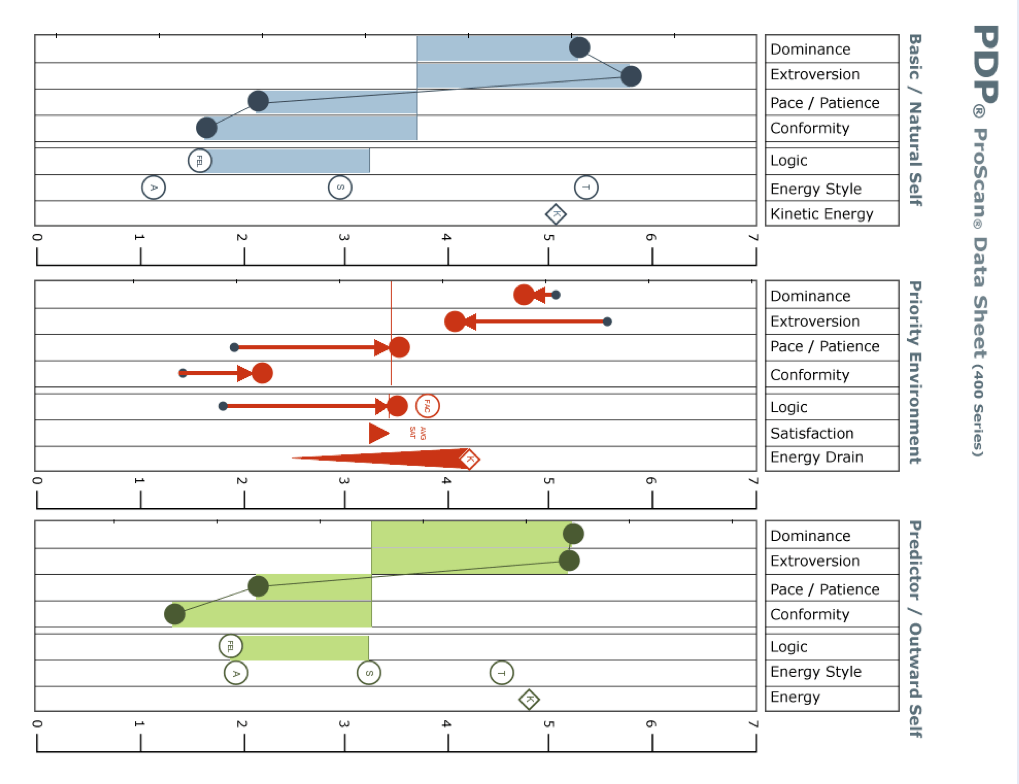Best personality tests and how to use them in your small business

Personality profiles, personality types, and personality tests are all instruments that can be used to predict how a person might act or what type of environment a person might be most suited to. This information can be very helpful in quickly getting to know someone so that you can facilitate team building and communication with people who have different personality tendencies. Because of this, they are commonly used in the workplace to help co-workers improve communication, to screen applicants, understand a candidate’s “fit” for a position, and to help managers be more effective with their team members. There are several personality profiles that are commonly being used in the marketplace today.
To help you gauge which test and assessments would be right for your company, here are a few of the best personality assessments and what you can expect from each:
DISC Personality Profile
The DISC assessment attempts to categorize or quantify human personality along 4 basic personality traits, Dominance, Influence, Steadiness and Conscientiousness, describing each person by their “highest” trait (e.g. High-D, or High-C).

Because the DISC is a fairly simple test, the results are easy to explain and reading them is fairly straightforward. In my experience the results are fairly accurate, however, because there are so many variations of the instrument, the results can vary from test to test.
The DISC is fairly inexpensive and provides a good “first order” read on a person’s basic personality.
The Myers-Briggs Type Indicator or MBTI
The Myers-Briggs Type Indicator was developed out of the work of Carl Jung and his 1921 book Psychological Types. During World War II Katharine Cook Briggs and her daughter Isabel Briggs-Myers adapted this work to help women identify suitable wartime work. It again has 4 axis — but divides each along a continuum (Thinking vs. Feeling, Introvert vs. Extrovert, etc.) resulting in 16 basic personality types (typically labled with initials like ENTJ or INFP).

The underlying theory of the MBTI is more complex than that of the DISC and as a result it produces a more nuanced result — however, this also makes it somewhat less accessible. For those who have put in the time to understand the theory behind the instrument there is a lot of depth in the results. But this learning curve can be a barrier for implementation and for the respondent to immediately understand and accept the results.
The AVA, OAD, PDP, and others
One of the early contributors to the field of personality profiling was a man named Walter Clarke. He created a profile instrument called the Activity Vector Analysis (AVA) that relied on just two questions, “People say that I am _ ” and “I really am ___” Each followed by a list of words. From the users selections within these lists he developed a profile that has similar axis to the DISC profile, but with more depth and nuance. In the AVA it’s not just whether a characteristic is “high” or “low” but how they are in relation to the other scores that determines the personality. While these subtleties do increase the complexity of the resulting report — the increased depth of the profile tends to create richer conversations and deeper insights without the steep learning curve of the MBTI.

This basic test design was used to create several other popular tests including the Professional Dynametrics Profile (PDP) and the Organization Analysis and Design Survey (OAD).
In my experience these profiles have much better accuracy than the DISC and I have much less resistance to the results by the respondents.
Any of these profiles are useful to create rich discussions about how to effectively communicate with people who have different personality styles. These are just a few of some of the best personality tests I’ve worked with. This insight can make your team more effective, can make you a better manager and can assist you in hiring better team members.
Photo credits: michaelcardus, BenLucier, visualpun.ch
Download the Complete
Hiring Sample Bundle
Get samples of the job posting, phone screen guide, and interview guide we use daily for our job openings and clients we are recruiting for.
Get a headstart and get that new hire in the chair faster.